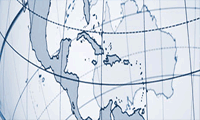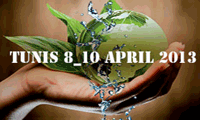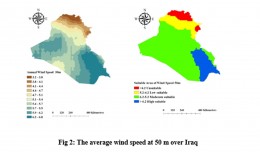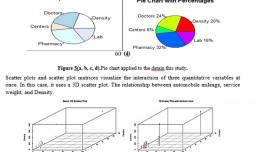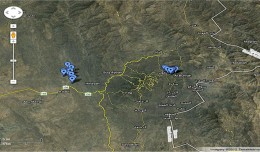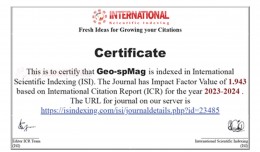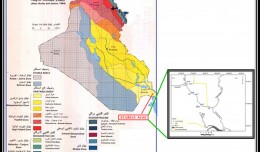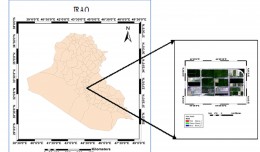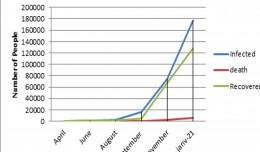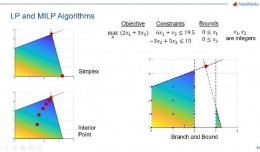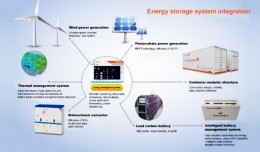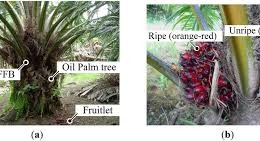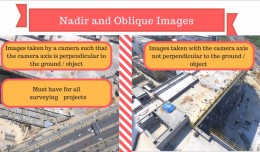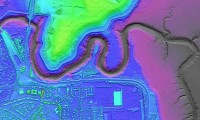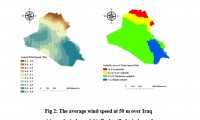Drone base multiscale Digital Surface Models to planar areas.
Dr. Jean A. Doumit
Abstract
The obtaining of a Digital Surface models (DSMs) at different scales and levels before the appearance of Unmanned Aerial Vehicles (UAV) was very rare or impossible. UAV’s with advanced photogrammetry software can produce high-resolution Digital Surface Models at multiscale levels with several spatial resolutions. In this paper we tested the Arc–Chord Ratio (ACR) method decouples rugosity from the slope at multiscale DSM generated from six different UAV flight altitudes of 20, 40, 60, 120, 240 and 360 meters for the study and analysis of the surface to planar areas changes with spatial resolutions.
The path of DSM to planar areas should pass by series of surfaces: planar slope surface, boundary data surface to reach the horizontal planar surface.
To answer this question: at the same study area, did the transition of multiscale Digital Surface Models to planar areas have the same results?
After calculating the multiscale rugosity, this paper studies the similarity between these surfaces at multiscale by correlation and statistical analysis. Visually and statistically planar areas of all flight heights are very similar, correlation results showed a big difference in values due to cartographic generalization and spatial resolution.
Keywords: ACR, Rugosity, GIS, DSM, multi-scale.
 English
English  Français
Français  العربية
العربية 


